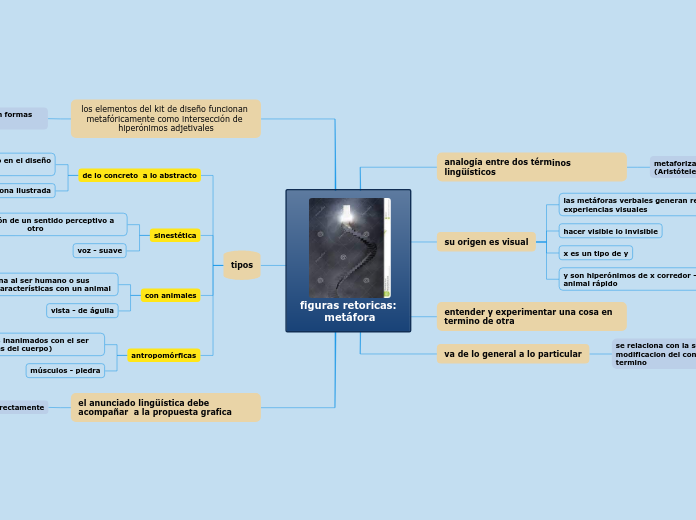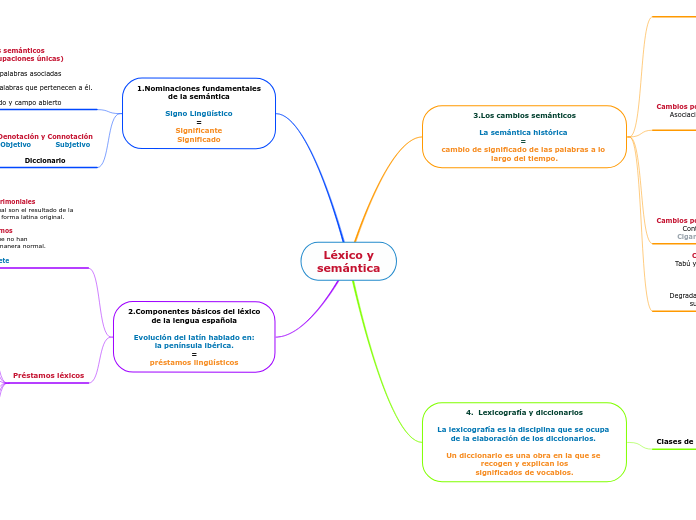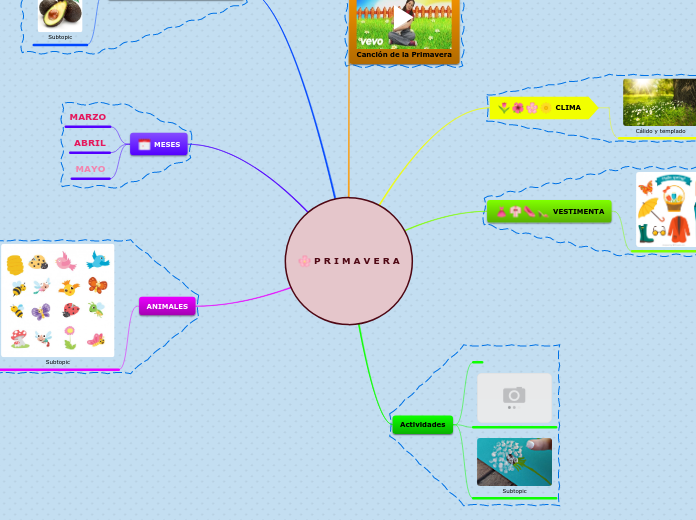figuras retoricas:
metáfora
Marine life, sea life or ocean life, is represented by the plants, animals and other organisms that live in the saltwater of the sea or ocean, or the brackish water of coastal estuaries.
At a fundamental level, marine life affects the nature of the planet. Marine organisms produce oxygen and sequester carbon.
el anunciado lingüística debe acompañar a la propuesta grafica
permite al lector interpretar correctamente
tipos
A coral reef is an underwater ecosystem characterized by reef-building corals. Reefs are formed of colonies of coral polyps held together by calcium carbonate. Most coral reefs are built from stony corals, whose polyps cluster in groups.
The 3 main types of reef are: atoll, barrier reefs, fringing reefs.
Write down their characteristics as well as the importance of the reefs
antropomórficas
Coral reefs are important for many different reasons aside from supposedly containing the most diverse ecosystems on the planet.
músculos - piedra
relación de objetos inanimados con el ser humano (con partes del cuerpo)
con animales
- Where are fringing reefs found?
- How is it formed?
- What animals live in fringing reefs?
vista - de águila
se relaciona al ser humano o sus actividades y características con un animal
sinestética
- What is a barrier reef?
- How is it formed?
- Where are barrier reefs located?
voz - suave
transposición de un sentido perceptivo a otro
de lo concreto a lo abstracto
- How does an atoll form?
- Where are atolls found?
- Can people live on an atoll?
luz - persona ilustrada
se utiliza poco en el diseño
grafico
los elementos del kit de diseño funcionan metafóricamente como intersección de hiperónimos adjetivales
la metonimia y la senecdoque son formas de la metafora (Aristoteles)
va de lo general a lo particular
se relaciona con la senecdoque y es una modificacion del contenido semantica de un termino
entender y experimentar una cosa en termino de otra
Marine mammals are aquatic mammals that rely on the ocean and other marine ecosystems for their existence.
They include animals such as seals, whales, manatees, sea otters, and polar bears. They are an informal group, unified only by their reliance on marine environments for feeding.
su origen es visual
Seabirds are birds that are adapted to life within the marine environment. While seabirds vary greatly in lifestyle, behavior, and physiology, they often exhibit striking convergent evolution, as the same environmental problems and feeding niches have resulted in similar adaptations.
Name a few of bird species who live at sea or at the seaside:
y son hiperónimos de x corredor - rápido - animal rápido
x es un tipo de y
hacer visible lo invisible
las metáforas verbales generan referencia a experiencias visuales
analogía entre dos términos lingüísticos
Currently, of the approximately 12,000 extant reptile species and subspecies, only about 100 are classed as marine reptiles: extant marine reptiles include marine iguanas, sea snakes, sea turtles and saltwater crocodiles.
metaforizar ver semejantes
(Aristóteles)
The marine iguana, also known as the sea iguana is a species of iguana found only on the Galápagos Islands that has the ability, unique among modern lizards, to forage in the sea, making it a marine reptile.
Add important facts about marine iguanas. For e.g. how long can a marine iguana stay underwater or how long do they live, etc.









